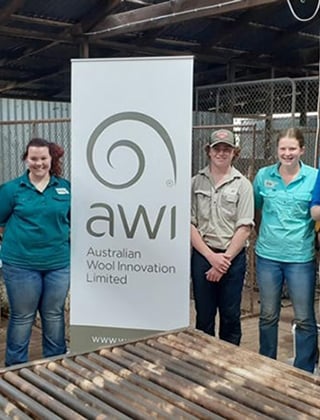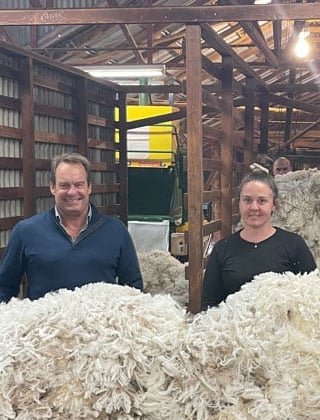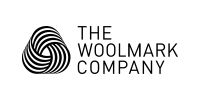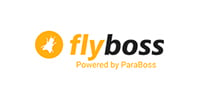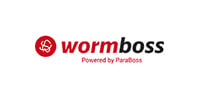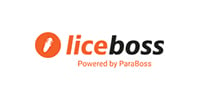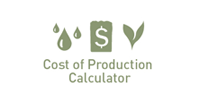New checklist to help shearing time run smoothly
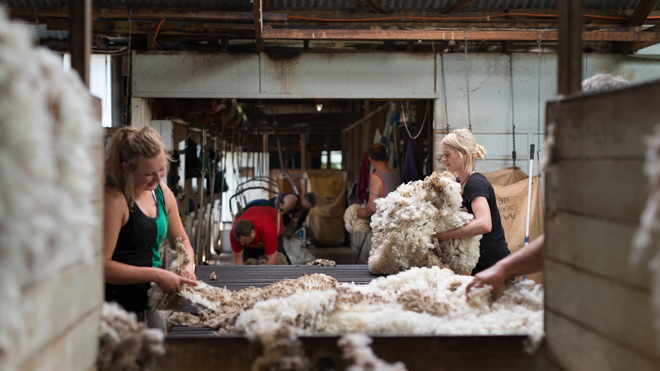
A new Wool Harvesting Engagement Checklist for woolgrowers and shearing contractors is now available to help ensure wool harvesting is conducted in an agreed and professional manner, with due care for staff, wool clip quality, safety and animal welfare.
Shearing time on the farm is the culmination of up to 12 months of hard work by woolgrowers. So it’s critical to get it right.
Good communication between the woolgrower and the shearing contractor is always vital to ensure a smooth and safe wool harvesting, and a well-prepared clip. And this communication is important not only while the wool harvesting team is onsite in the shed, but also before and after.
To help facilitate a professional and efficient shearing time, the National Wool Harvesting and Training (NWHAT) Advisory Group has developed a Wool Harvesting Engagement Checklist to assist the woolgrower and the shearing contractor (or their representatives) follow best practice.
“Shearing time is an important time, an exciting time, but can also be a very busy and quite stressful time. The new checklist is designed to help the woolgrower and contractor have a proactive and practical conversation in the lead up to shearing so that any potential problems can be addressed before they become a real issue in the shed,” said NWHAT Chair, Don Macdonald.
“It helps make sure the woolgrower, the contractor and the wool harvesting team are all on the same page. Everyone knows their respective responsibilities and everyone benefits.”
The four-page checklist has 20 items for woolgrowers and shearing contractors to consider together. The checklist specifies who is responsible for each of the 20 items; some items are the responsibility of both the woolgrower and the shearing contractor.
The checklist is also very suitable for crutching time as well as shearing time.
What does the checklist cover?
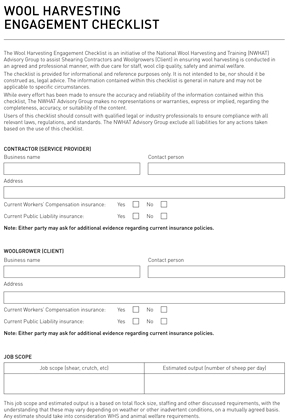
The new Wool Harvesting Engagement Checklist is a transparent agreement between the woolgrower and the shearing contractor to help ensure shearing time goes smoothly and professionally.
There are four sections in the checklist.
- Pre-shearing: this covers topics such as the shearing shed’s safety, whether a wool classer is required, additional requirements due to any integrity scheme of which the woolgrower is a member, agreement on yarding and time off water, and ram sedation procedures.
- Employment obligation: this covers topics such as finance (pay, tax, invoicing), provision of adequate amenities, and the shearing contractor’s contract with their staff on issues including work health and safety, animal welfare, drug and alcohol policy etc.
- Start of shearing: this covers topics such as providing a shed safety induction, and a briefing of clip preparation requirements.
- Post shearing: this covers topics such as undertaking a post wool harvesting review, a shed safety assessment, and a discussion of any concerns or issues that can be improved for next shearing time.
The checklist also provides reference to the SafeSheds shearing shed safety program, the AWEX Code of Practice for the Preparation of Australian Wool Clips, and several wool integrity schemes such as the Australian Wool Sustainability Scheme (SustainaWool and ResponsiWool), RWS, ZQ and Authentico.
The Wool Harvesting Engagement Checklist is an initiative of the NWHAT Advisory Group which comprises AWI, Australian Wool Exchange (AWEX), National Council of Wool Selling Brokers of Australia (NCWSBA), Shearing Contractors Association of Australia (SCAA), WA Shearing Industry Association (WASIA), and WoolProducers Australia (WPA).
More information: A hard copy of the checklist was posted to woolgrowers with this edition of Beyond the Bale. The checklist can also be downloaded at www.wool.com/shearing-preparation
New animal welfare course for shed staff
A new workshop that teaches best practice animal welfare to wool harvesting staff is being developed by SCAA Shearer Woolhandler Training Inc.
The two-hour course covers topics including animal welfare standards; identifying possible risks for animals in the shed; selection of appropriate equipment; low-stress sheep handling; assessing, reporting and treating animal injuries; practical suturing techniques; and ways to deal with non-compliance.
The course also uses AWI’s four-page Dealing with shearing cuts fact sheet, which is available at www.wool.com/shearing-preparation.
Upon successful completion of the course, participants receive a certificate of attendance to be kept and presented on request.
A pilot of the course was run last month at AJ & PA McBride’s shearing sheds.
More information: SCAA Shearer Woolhandler Training Inc, 1300 787 984, admin@swti.edu.au
This article appeared in the Autumn 2025 edition of AWI’s Beyond the Bale magazine that was published in March 2025. Reproduction of the article is encouraged.







